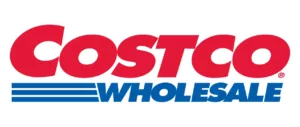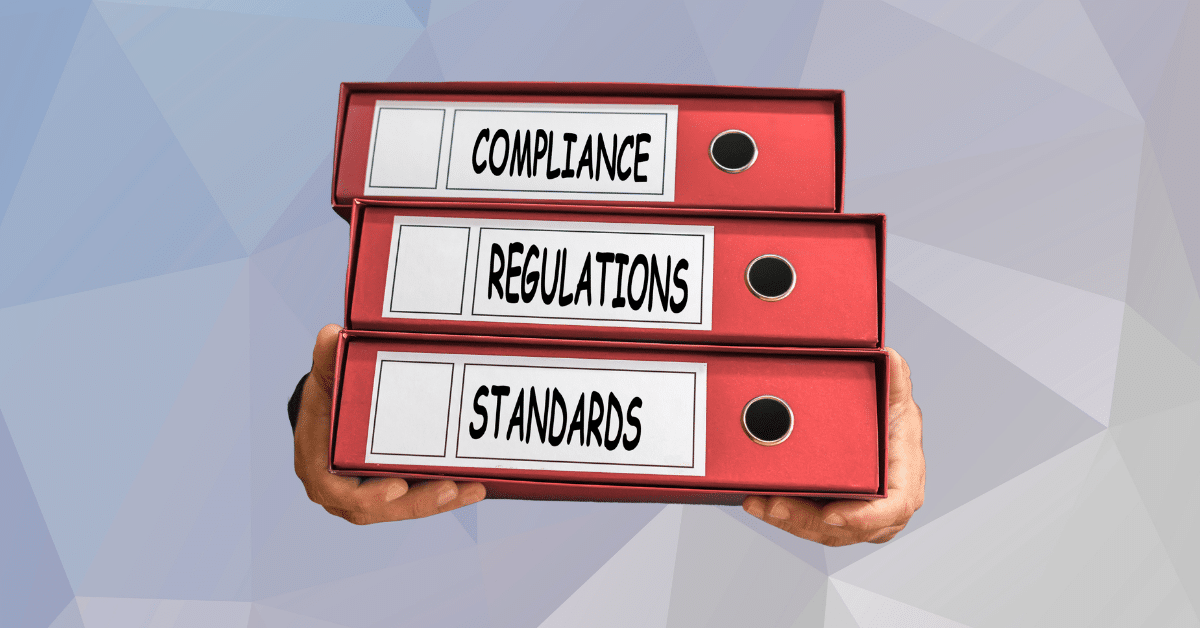A few years ago, a Brooklyn retailer inquired about why two stores, only a mile apart, had different harassment training checklists. The State location ran an annual interactive course and kept certificates on file. The City location added bystander content, a rights notice posted in both English and Spanish, and a fact sheet at the time of hire. Same brand, different rules.
If that sounds familiar, you are in the right place. This guide walks you through how the State and City requirements fit together, what employers must cover, and how to run a single, transparent, and compliant program for both English and Spanish speakers.
How NYS and NYC Sexual Harassment Training Requirements Work Together
New York State (NYS) sets the baseline. Every employer with at least one employee must provide annual interactive sexual harassment prevention training. Employers may use the State’s model training or their own program, as long as it meets or exceeds the State’s minimum standards.
New York City (NYC) adds local rules when an employer has 15 or more workers at any point in the current or prior calendar year. Covered workers include employees and many contractors who work more than 80 hours in a calendar year and for at least 90 days in NYC. City rules also require a posted rights notice and a fact sheet for all new hires.
For multi-location employers, this means that state rules apply everywhere in New York, and city rules layer on top whenever a location meets the NYC threshold.
Who Must Train Under NYS
NYS uses a broad definition of “employee.” Full-time, part-time, seasonal, and temporary workers, as well as many domestic workers, are included. Everyone in these categories must receive training each year, and that training must be interactive rather than passive.
The State publishes model policies, complaint forms, and training materials that employers can adopt or adapt. Using these models helps standardize content across locations and demonstrates alignment with the State’s expectations.
Suppose an employee’s primary language is Spanish and the State publishes model materials in Spanish. In that case, the employer should provide the policy, notice, and training in both English and the employee’s primary language. Spanish is one of the supported languages, so many New York employers should plan for both English and Spanish delivery.
Who Must Train In NYC
NYC’s Stop Sexual Harassment Act requires annual training for employers that meet the 15-worker threshold. Once that threshold is met, the law applies to:
-
Employees who work in NYC
-
Interns
-
Many independent contractors who work more than 80 hours in a calendar year and for at least 90 days in the City
Employers should retain training records, such as certificates or signed acknowledgments, for a minimum of three years. They must also post the official rights notice in a conspicuous place and provide the City fact sheet to new hires.
To satisfy NYC requirements, training must include:
-
Local, State, and federal definitions of sexual harassment
-
Examples of prohibited conduct
-
Internal reporting paths within the organization
-
External complaint options with government agencies
-
Protections against retaliation
-
Bystander intervention concepts
-
Supervisor responsibilities
What Counts As Interactive Training
Watching a video without participating does not meet the NYS standard. To qualify as interactive, training should require employees to respond, reflect, or apply what they have learned.
For web-based courses, this typically involves quizzes or knowledge checks within modules, as well as a mechanism for learners to submit questions and receive answers. For live sessions, trainers should encourage discussion, invite questions, and use realistic scenarios.
When evaluating vendors or updating your own materials, look for features that support Interactive Sexual Harassment Training NY, such as built-in assessments, scenario-based prompts, and clear opportunities for employees to engage with the content.
Language Access And Spanish Programs
For teams with Spanish speakers, language access is a core compliance issue rather than a nice extra. When the State publishes model materials in an employee’s primary language, employers are expected to provide the policy, notices, and training in that language as well as in English.
In practice, this means offering a Spanish course, allowing employees to ask questions in Spanish, and ensuring your anti-harassment policy and complaint process are understandable in both languages. Completion records should clearly show which language an employee used.
Many employers now rely on Online Spanish Sexual Harassment Training NY so Spanish speakers can complete the course at a convenient time while still meeting interactivity and content requirements for both NYS and NYC.
Delivery Options And Documentation
NYC’s Commission on Human Rights provides a free online course that satisfies both NYS and NYC rules and is available in Spanish. If you use that course, add a brief internal insert that clearly explains how employees should report concerns within your organization.
Other employers choose commercial training or develop their own courses, allowing them to tailor examples to their specific industry. A common approach is to standardize on one English and one Spanish course that meet State standards, then add a short NYC-specific insert covering posting, recordkeeping, and local contact details for City locations.
Regardless of the approach you take, maintain consistent and straightforward documentation. Save certificates or acknowledgments and organize them by site and year so they are easily accessible during an audit or investigation.
Supervisor Responsibilities
Supervisors need more than basic definitions. NYC expects training to explain what managers must do when they receive a complaint or notice a problem.
Practical supervisor training should cover:
-
How to respond during the first minutes after a concern is raised
-
What to document and where to store those notes
-
When and how to escalate to HR or a designated contact
-
How to avoid any action that could be seen as retaliation
Providing a short Spanish module for managers who prefer it, along with a one-page checklist or script, makes it easier for them to respond consistently and in alignment with both State and City rules.
Penalties, Complaints, And Reporting
Skipping or delaying required training exposes employers to legal, financial, and cultural risk. NYC can investigate potential violations and may seek civil penalties for willful noncompliance, along with corrective measures such as additional training.
New York State highlights a confidential hotline that employees can call to report sexual harassment and connect with pro bono attorneys for information and referrals. The NYS hotline, 1-800-HARASS-3, should be included in your policies, training materials, and new hire packets so that employees know they have support outside the company.
Including both internal and external reporting paths in your materials helps employees feel safer speaking up and shows regulators that you take prevention seriously.
A Practical Playbook HR Can Run This Quarter
-
Map audiences and languages.
List every location, role, and primary language. Mark Spanish speakers and identify contractors who may cross NYC’s 80-hour and 90-day threshold, so you know who must be trained. -
Select courses and add insert.s
Choose one English course and one Spanish course that meet NYS standards and cover required topics. If you operate in NYC, include a brief local insert that explains posting rules, record-keeping expectations, and complaint paths, aligning with your internal procedures. -
Schedule and track
Select a standard month for annual refreshers, and then add new hire deadlines for employees who join the organization mid-year. Use reminders through your HRIS or LMS, and retain certificates or acknowledgments for at least three years in accordance with NYC regulations. -
Brief supervisors
Run a focused manager segment on intake, documentation, escalation, and anti-retaliation. Provide sample scripts and a short checklist so supervisors know precisely how to respond when someone raises a concern. -
Close the loop
Post the NYC rights notice in both English and Spanish, distribute the fact sheet at the time of hire, and include the NYS hotline number in both English and Spanish materials. Confirm that your records clearly show who completed training, when they completed it, and in which language.
Field Examples You Can Borrow
A Bronx grocer with seasonal hires
Stockers work about 25 hours per week for four months. They meet NYS rules as employees and cross NYC’s hours and days thresholds. The HR lead assigns a Spanish interactive course as needed, posts the bilingual rights notice, distributes the fact sheet at the time of hire, and stores certificates by site and date.
A Westchester catering firm is sending crews into Manhattan
Crews work events in NYC for several months. The company trains everyone with State-compliant English and Spanish courses that also satisfy NYC content expectations, adds a short supervisor add-on, and keeps certificates in a central folder for easy access.
A Queens boutique with six employees
Even small teams must train under NYS. When an employee’s primary language is Spanish, the boutique provides policies, notices, and training in both English and Spanish, and keeps proof of completion for all employees.
How To Use Internal Links Without Clutter
When you build your training page or LMS catalog, use simple, descriptive labels instead of long, keyword-heavy titles. Group related resources together, such as your policy, complaint form, English course, and Spanish course, so employees can quickly see what they need to complete and by when.
For your Spanish module, a clear title like New York Sexual Harassment Training (Spanish) helps employees recognize that this course satisfies both State and, where applicable, City requirements.


















